April 9, 2016
TMT & workplace design + Real-estate decision making + Dutch productivity 0
 In this week’s Newsletter Andrew Brown explains why the Dutch are regarded as leaders in ideas on productivity; Mark Eltringham says the TMT sector may push the office design boundaries, but much of what they’re doing isn’t unique to them; and Sara Bean reveals just 1 percent of men have so far taken up the opportunity of Shared Parental Leave (SPL). In news; the global economy, workforce strategies and rising costs all influence real estate decision-making; Londoners are unsure and often un-consulted on the proliferation of high rise buildings; HR best practice proved to improve business performance and disturbing evidence that mobile phone users movements are being monitored. Download our Insight Briefing, produced in partnership with Connection, on how the boundless office can be freed from the shackles of time and place and access the latest issue of Work&Place. Visit our new events page, follow us on Twitter and join our LinkedIn Group to discuss these and other stories.
In this week’s Newsletter Andrew Brown explains why the Dutch are regarded as leaders in ideas on productivity; Mark Eltringham says the TMT sector may push the office design boundaries, but much of what they’re doing isn’t unique to them; and Sara Bean reveals just 1 percent of men have so far taken up the opportunity of Shared Parental Leave (SPL). In news; the global economy, workforce strategies and rising costs all influence real estate decision-making; Londoners are unsure and often un-consulted on the proliferation of high rise buildings; HR best practice proved to improve business performance and disturbing evidence that mobile phone users movements are being monitored. Download our Insight Briefing, produced in partnership with Connection, on how the boundless office can be freed from the shackles of time and place and access the latest issue of Work&Place. Visit our new events page, follow us on Twitter and join our LinkedIn Group to discuss these and other stories.













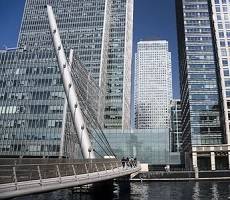
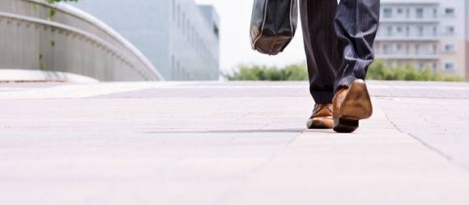
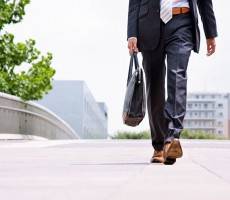


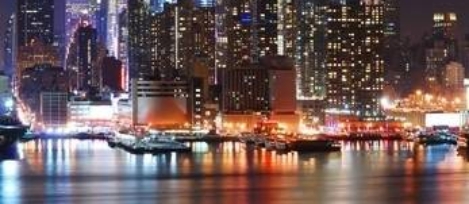
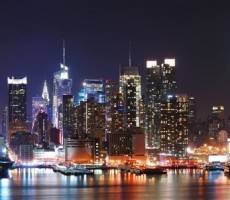

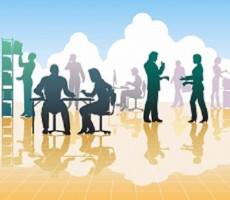









March 31, 2016
Government needs to wise up to the Fourth Industrial Revolution 0
by Mark Eltringham • Comment, Property, Public Sector, Technology
(more…)